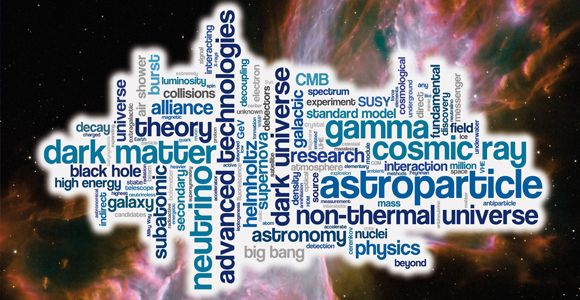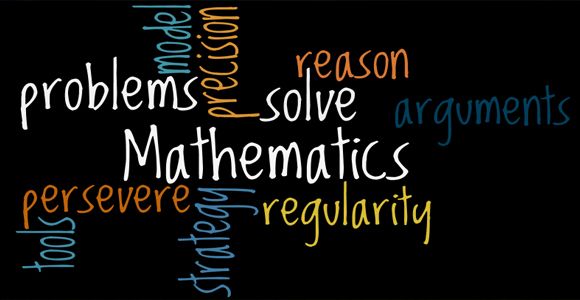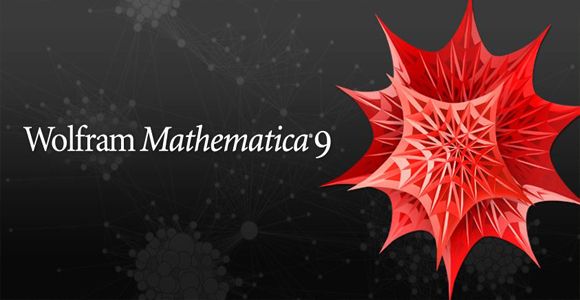Robert Geroch builds on Einstein's work with commentary that addresses the ideas at the heart of the theory, bringing a modern understanding of relativity to the text. He elucidates how special relativity is a reconciliation of the contradictions between the nature of light and the principle of relativity; he expands on Einstein's treatment of the geometry of space-time and the fundamental notion of an "event"; he explains in detail, but without technical language, the equivalence of inertial and gravitational mass, a cornerstone of general relativity.
-Download:


















